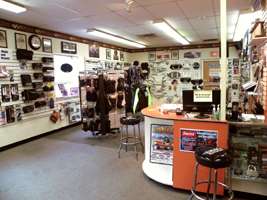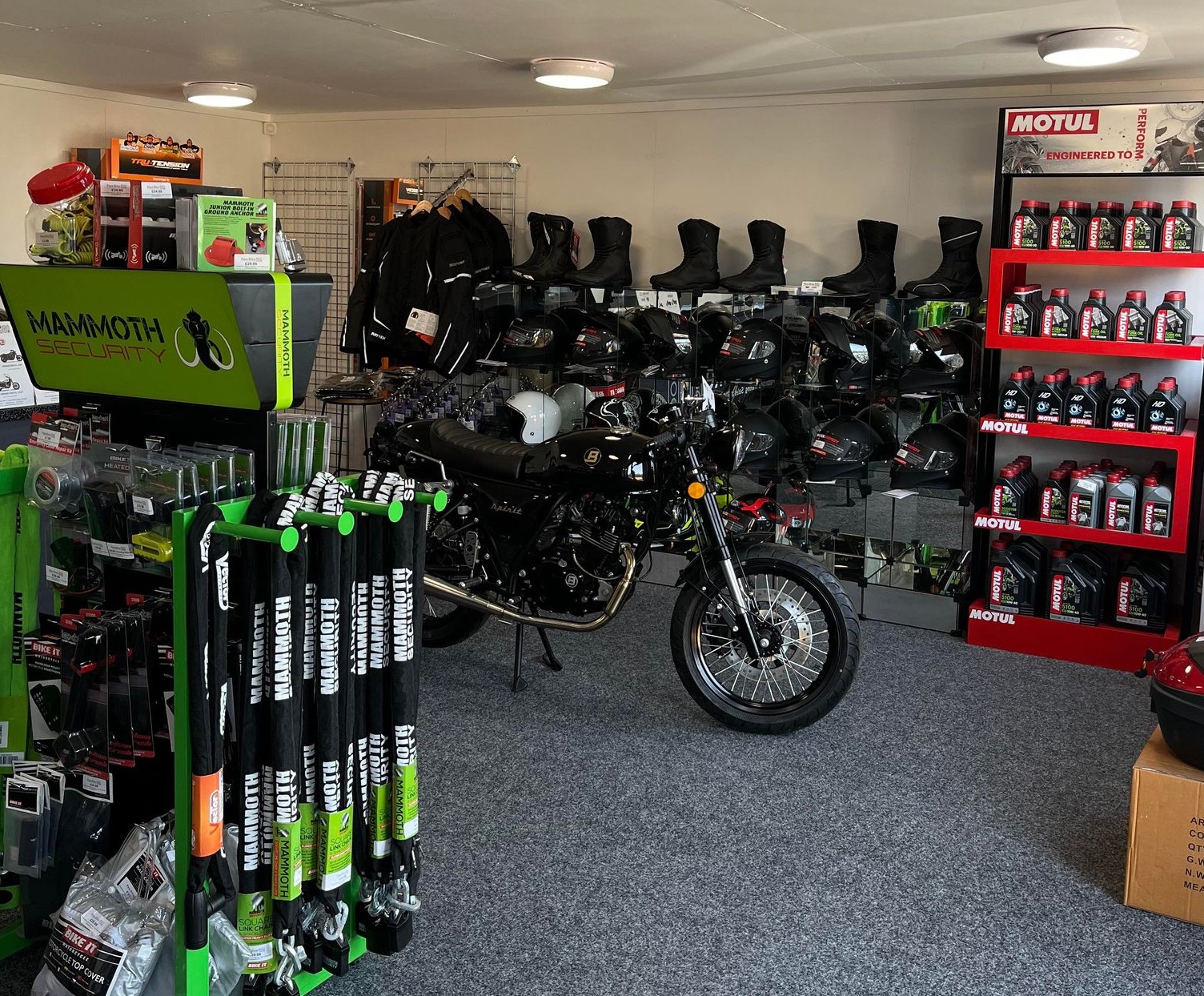Release Performance with Premium Motox Parts NZ Available Here
Release Performance with Premium Motox Parts NZ Available Here
Blog Article
Comprehending the Vital Parts of a Motorcycle: A Comprehensive Overview for Lovers
For motorbike enthusiasts seeking to raise their riding experience and ensure their bikes run efficiently, recognizing the important components of a bike is vital. Each element, from the engine's intricate operations to the vital duty of the braking mechanisms, not only impacts efficiency but also safety and convenience. This guide will go through the basic parts that every cyclist should be familiar with, allowing educated selections in both maintenance and possible upgrades. As we begin this exploration, one must ask: exactly how does each element interact to develop the smooth ride every fanatic looks for?
Engine Parts

The camshaft plays a critical function in controlling the timing of the engine's valves, guaranteeing the accurate opening and closing essential for reliable gas and air intake, along with exhaust expulsion. This timing is essential to preserving optimum engine performance and efficiency. Furthermore, the carburetor or gas injection system, depending on the motorbike model, is responsible for blending air with gas in the appropriate proportion for burning.
The cooling system, either air or liquid-based, works to keep the engine's temperature within operational limitations, stopping overheating and guaranteeing longevity - motorcycle shop. Each element, carefully developed and incorporated, contributes to the seamless procedure of the engine, defining the motorbike's power outcome and total performance
Transmission System
Essential to the motorbike's functionality, the transmission system ensures effective power transfer from the engine to the wheels. This system comprises a number of essential components, consisting of the clutch, transmission, and last drive, each playing a crucial function in equating the engine's power right into motion. The clutch, normally run by a hand bar, offers to disengage the engine and involve from the transmission, permitting for smooth equipment modifications and regulated velocity.
The gearbox, typically referred to as the transmission proper, has a collection of equipments that motorcyclists can by hand shift through to change the bike's speed and torque outcome. These gears are organized in a series that allows the motorbike to accelerate smoothly and keep optimum engine efficiency throughout different rates. Many bikes use a consecutive transmission, calling for the rider to shift gears in a predetermined order.
Braking Mechanisms
While comprehending the transmission system is vital to harnessing a bike's power, similarly essential is the ability to regulate and quit that power efficiently, which is where braking devices enter play. Brakes are essential for safety and efficiency, providing the motorcyclist with the essential control to browse different surfaces and conditions. Normally, motorcycles include two sorts of braking systems: disc brakes and drum brakes.
Disc brakes are more prevalent in modern motorcycles due to their premium efficiency. This system uses much better warmth dissipation, constant efficiency, and enhanced stopping power, particularly in wet conditions.
Alternatively, drum brakes, though much less usual, are still located in some motorbikes. They function by pushing brake shoes against the inner surface area of a drum affixed to the wheel. While generally less efficient in warm go to this site dissipation and quiting power, drum brakes are less complex and a lot more cost-efficient.
Comprehending these braking systems' nuances enables motorcyclists to preserve their bikes effectively and appreciate the engineering that makes certain effective and safe stopping.
Suspension and Guiding
Suspension and guiding systems are vital components that substantially affect a motorcycle's handling and trip comfort. The shock absorber, being composed of forks at the front and shock absorbers at the rear, soaks up roadway abnormalities, enhancing stability and control. Front forks, typically telescopic or upside down, compress and rebound to alleviate influences, while back shock absorbers preserve tire call with the roadway, vital for traction and safety.
Steering, centered around the handlebars, connects the rider to the motorcycle's directional control. The steering head motorcycle handlebar straps bearings make certain smooth operation, permitting accurate ability to move. Correct positioning and maintenance of these bearings are crucial for predictable guiding feedback and decreasing rider exhaustion.
The suspension's adjustability is one more crucial aspect; preload, damping, and rebound setups permit customization to suit different riding designs and conditions. This flexibility is essential for optimizing efficiency, whether browsing urban roads or dealing with rugged routes. Advancements like electronic suspension systems supply real-time adjustments, boosting adventure quality across varied surfaces.

Electrical Solutions
After guaranteeing a smooth and controlled adventure with effective suspension and guiding systems, attention turns to the electric systems, an essential aspect of contemporary motorbikes. These systems play a critical duty not only in starting the engine yet also in powering numerous components that improve the performance and safety and security of the motorbike.
At the heart of a motorbike's electric system is the battery, which stores electrical power needed for beginning the engine and powering supporting systems - moto parts nz. The generator or generator, coupled with the rectifier-regulator, makes sure the battery continues to be billed while the bike is in operation, converting mechanical energy right into electric energy and maintaining voltage degrees
The ignition system, another crucial component, is in charge of igniting the air-fuel mixture in the engine's cylinders. Modern motorbikes usually utilize an electronic ignition system, supplying greater effectiveness and reliability compared to typical systems.
Illumination systems, including headlights, tail lights, and signs, are also essential, making certain exposure and safety for the motorcyclist. Additional electronic elements such as sensing units, control units, and presents add to advanced features like fuel shot administration, anti-lock braking systems (ABDOMINAL MUSCLE), and digital control panels, even more boosting the riding experience.
Final Thought
A complete comprehension of a motorcycle's vital components, including the engine, transmission system, braking devices, suspension, guiding, and electrical systems, is crucial for enthusiasts intending to enhance convenience, efficiency, and safety and security. Proficiency of these aspects permits for notified choices relating to upkeep and upgrades, ultimately improving the riding experience. By integrating this knowledge, riders can guarantee their motorcycles run waterproof phone holder for bike at peak efficiency and integrity, thus making best use of both satisfaction and durability of their automobiles.
For motorcycle enthusiasts looking to raise their riding experience and ensure their bikes run smoothly, recognizing the vital parts of a motorcycle is paramount.Essential to the motorbike's performance, the transmission system guarantees effective power transfer from the engine to the wheels.While comprehending the transmission system is essential to taking advantage of a bike's power, just as crucial is the capability to manage and quit that power properly, which is where braking mechanisms come into play. Usually, motorbikes include two types of braking systems: disc brakes and drum brakes.
A thorough understanding of a motorbike's vital elements, consisting of the engine, transmission system, stopping systems, suspension, guiding, and electrical systems, is vital for enthusiasts intending to maximize convenience, efficiency, and safety and security.
Report this page